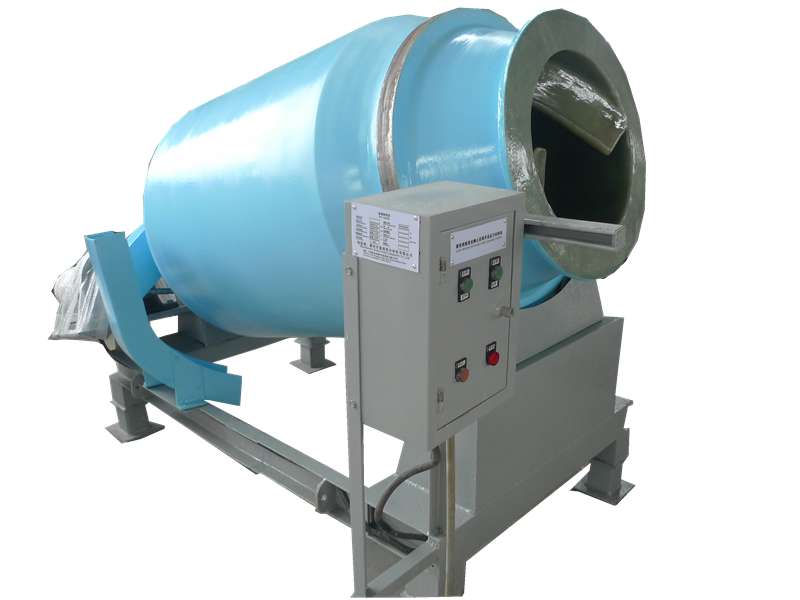
-
 Afrikaans
Afrikaans -
 Albanian
Albanian -
 Amharic
Amharic -
 Arabic
Arabic -
 Armenian
Armenian -
 Azerbaijani
Azerbaijani -
 Basque
Basque -
 Belarusian
Belarusian -
 Bengali
Bengali -
 Bosnian
Bosnian -
 Bulgarian
Bulgarian -
 Catalan
Catalan -
 Cebuano
Cebuano -
 China
China -
 China (Taiwan)
China (Taiwan) -
 Corsican
Corsican -
 Croatian
Croatian -
 Czech
Czech -
 Danish
Danish -
 Dutch
Dutch -
 English
English -
 Esperanto
Esperanto -
 Estonian
Estonian -
 Finnish
Finnish -
 French
French -
 Frisian
Frisian -
 Galician
Galician -
 Georgian
Georgian -
 German
German -
 Greek
Greek -
 Gujarati
Gujarati -
 Haitian Creole
Haitian Creole -
 hausa
hausa -
 hawaiian
hawaiian -
 Hebrew
Hebrew -
 Hindi
Hindi -
 Miao
Miao -
 Hungarian
Hungarian -
 Icelandic
Icelandic -
 igbo
igbo -
 Indonesian
Indonesian -
 irish
irish -
 Italian
Italian -
 Japanese
Japanese -
 Javanese
Javanese -
 Kannada
Kannada -
 kazakh
kazakh -
 Khmer
Khmer -
 Rwandese
Rwandese -
 Korean
Korean -
 Kurdish
Kurdish -
 Kyrgyz
Kyrgyz -
 Lao
Lao -
 Latin
Latin -
 Latvian
Latvian -
 Lithuanian
Lithuanian -
 Luxembourgish
Luxembourgish -
 Macedonian
Macedonian -
 Malgashi
Malgashi -
 Malay
Malay -
 Malayalam
Malayalam -
 Maltese
Maltese -
 Maori
Maori -
 Marathi
Marathi -
 Mongolian
Mongolian -
 Myanmar
Myanmar -
 Nepali
Nepali -
 Norwegian
Norwegian -
 Norwegian
Norwegian -
 Occitan
Occitan -
 Pashto
Pashto -
 Persian
Persian -
 Polish
Polish -
 Portuguese
Portuguese -
 Punjabi
Punjabi -
 Romanian
Romanian -
 Russian
Russian -
 Samoan
Samoan -
 Scottish Gaelic
Scottish Gaelic -
 Serbian
Serbian -
 Sesotho
Sesotho -
 Shona
Shona -
 Sindhi
Sindhi -
 Sinhala
Sinhala -
 Slovak
Slovak -
 Slovenian
Slovenian -
 Somali
Somali -
 Spanish
Spanish -
 Sundanese
Sundanese -
 Swahili
Swahili -
 Swedish
Swedish -
 Tagalog
Tagalog -
 Tajik
Tajik -
 Tamil
Tamil -
 Tatar
Tatar -
 Telugu
Telugu -
 Thai
Thai -
 Turkish
Turkish -
 Turkmen
Turkmen -
 Ukrainian
Ukrainian -
 Urdu
Urdu -
 Uighur
Uighur -
 Uzbek
Uzbek -
 Vietnamese
Vietnamese -
 Welsh
Welsh -
 Bantu
Bantu -
 Yiddish
Yiddish -
 Yoruba
Yoruba -
 Zulu
Zulu
Exploring the Key Features of Food Grade Fiberglass Equipment for Safe Food Handling
Fiberglass Food Grade Equipment A Closer Look at Its Features and Benefits
In the food industry, maintaining hygiene and quality standards is paramount. As manufacturers seek materials that can withstand the rigors of food processing, fiberglass food grade equipment has emerged as a popular choice. This article provides an overview of the key features and benefits of fiberglass equipment in the food industry.
Fiberglass, a composite material made from fine glass fibers and resin, offers a unique combination of strength, durability, and lightweight properties. One of the standout features of fiberglass food grade equipment is its resistance to corrosion and chemical degradation. Unlike metals, which can rust or corrode when exposed to certain food products or cleaning agents, fiberglass maintains its integrity over time. This quality minimizes the risk of contamination, ensuring that food products remain safe for consumption.
Another significant advantage of fiberglass equipment is its smooth surface finish. This characteristic is crucial in the food industry, as it prevents the accumulation of bacteria and makes cleaning and sanitation much easier. Equipment with a smooth surface is less likely to harbor food particles or microbial growth, which is vital for maintaining hygiene standards. Moreover, fiberglass is non-porous, which means it does not absorb liquid or odors, further enhancing its suitability for food applications.
Fiberglass food grade equipment is also lightweight compared to traditional materials such as stainless steel. This feature makes it easier to handle and transport, especially in environments where mobility is essential. Additionally, the lightweight nature of fiberglass can contribute to reduced energy costs in the manufacturing process, as less power is required for equipment installation and movement.
fiberglass food grade equipment a closer look at its features and ...

In terms of customization, fiberglass offers versatility in production. Manufacturers can create equipment tailored to specific needs by adjusting the design, size, and color of the fiberglass. This adaptability allows businesses to maximize efficiency in their operations, as they can invest in equipment that best suits their particular food processing requirements.
Environmental considerations have also become a significant factor in material selection. Fiberglass can be produced using recycled materials, which appeals to manufacturers looking to minimize their ecological footprint. Furthermore, fiberglass equipment can be designed for longevity, reducing the need for frequent replacements and thereby decreasing waste.
Cost is an essential aspect of any business decision. While fiberglass food grade equipment may have a higher initial investment compared to some alternatives, its durability, low maintenance costs, and longevity often result in cost savings over time. The ability to withstand harsh cleaning processes and various food products means less frequent replacements and repairs.
In conclusion, fiberglass food grade equipment combines durability, hygiene, and customizability, making it an excellent choice for food processing applications. Its resistance to corrosion and bacteria, along with its lightweight nature and environmental benefits, positions fiberglass as a preferred material in the food industry. As businesses continue to prioritize safety and efficiency, fiberglass equipment will undoubtedly play a vital role in the future of food processing.









